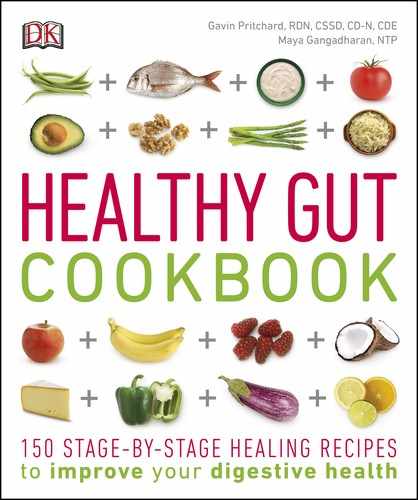Introduction
We’ve all heard phrases referencing the relationship between your innards and your emotions, such as “gut feeling.” Recently, medical professionals have begun to explore the connection between your gut and your health.
Leaky Gut Syndrome
Recent studies have linked the microbiome—another word for the world of friendly (and sometimes unfriendly) bacteria and microbes that live in your intestines—to weight loss, depression, Alzheimer’s disease, autism, and more. Problems like gas, bloating, constipation, and diarrhea often are thought of as normal, but in fact, they often are symptoms of a “leaky gut” that has become compromised by stress, bad habits, bad food choices, or toxins. It’s best to correct the problem before deeper issues develop.
The GAPS Diet
This book focuses on a gut-healing protocol called the Gut and Psychology Syndrome™, or GAPS, diet. The GAPS diet was created to address specific physical and physiological gut-related health issues. This book was written and designed to make that somewhat complicated protocol easier to understand and implement, and to give you more recipe options.
Based on the Specific Carbohydrate Diet (SCD), the GAPS diet was developed by neurologist and nutritionist Dr. Natasha Campbell-McBride. Her book, Gut and Psychology Syndrome, outlines the science of the protocol, and we recommend you read it to understand in detail how the gut becomes unbalanced and why the diet works. You also can visit gapsdiet.com for more information. There, you can find a certified GAPS practitioner if you decide you want a bit more guidance.
Other Related Diets
Several other diets share similarities with the GAPS diet and are used to treat health issues that stem from the gut. Like GAPS, the Paleo diet focuses on reducing carbohydrates, avoiding grains and refined sugar, and increasing nutrient-dense whole foods. One of the ways it differs from GAPS is that it does not allow dairy products. The low-FODMAP diet is another protocol for gut healing that focuses on eliminating particular carbohydrates, such as certain sugars. One way it differs from GAPS is in the list of allowed foods. Because you might be incorporating elements of other diets into your protocols, we include icons on recipes to denote whether they are compatible with the Paleo or low-FODMAP diet.
The Basics of Healing
In Healthy Gut Cookbook, we begin with an overview of how digestion is supposed to work and what can go wrong. We also give you the basics of both the healing process and the diet itself, as well as offer advice on how to prepare your kitchen and pantry for a healthy gut. From there, we walk you through each stage of the introduction diet, from stage 1 to stage 6, and explain how to transition to the full GAPS diet. Don’t skip over this part; you’ll want to be familiar with each stage and what you can expect before you begin.
Allergies and Sensitivities
Leaky gut syndrome can cause allergic reactions and intolerances to particular food types. Not everyone has the same allergies and intolerances, so we include icons on the recipes to flag the ones that do not contain nuts or dairy, the two food groups most commonly reacted to. If you are unsure of your intolerances, we provide instructions for two common tests in the “Going Forward on the Diet” section. As your gut heals, you may be able to reintroduce dairy, and we provide steps for doing that in the same section.
The Path to Feeling Better
Most people notice positive results within the first couple stages. Those with deeper healing issues might have to wait a little longer, or you might need subsequent rounds of the introduction diet to complete the healing process. Although the first few stages are restricted, the later stages and the full GAPS diet are full of delicious possibilities that not only taste good but also help support vibrant health. Good luck on your journey!
ICONS
Throughout the recipes, you’ll see various icons. Here’s what they mean:

NUT
FREE
PEANUT- AND NUT-FREE RECIPE This icon denotes recipes that are free of peanuts and tree nuts.

DAIRY
FREE
DAIRY-FREE RECIPE This icon indicates recipes that do not call for animal-sourced dairy products.

PALEO
DIET
PALEO-FRIENDLY RECIPE This icon indicates recipes that are suitable for those who also are following the Paleo diet.

LOW
FODMAP
LOW-FODMAP RECIPE This icon denotes recipes that are acceptable for readers following the low-FODMAP diet.
Healing in Stages
The diet is very specific about what foods can be eaten when, so the recipes are organized by stage, indicated by an icon. Be sure to follow the protocol strictly. Don’t add foods earlier than they’re allowed, or you risk compromising your healing. You always can go back to earlier recipes after you’ve moved on from that stage.

Stage 1 Focuses on stocks, boiled meats, some well-cooked vegetables, and cultured dairy.
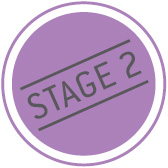
Stage 2 Allows the addition of raw egg yolks, stews, herbs, and ghee.
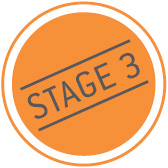
Stage 3 Allows you to add avocado, cooked eggs, asparagus, and a few other vegetables.
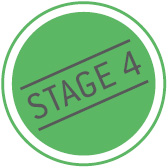
Stage 4 Allows roasted and baked meats and fish, fresh juices, and some seed and nut flours.
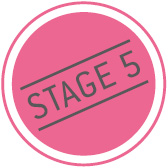
Stage 5 Reintroduces apples, raw vegetables as in salads, fruit juice, and other spices and nut flours.
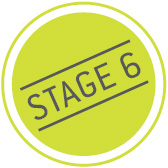
Stage 6 Allows more raw fruits, Brazil nuts, and more sweet baked goods.
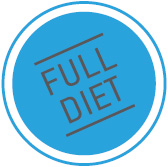
Full diet This is the maintenance phase, which allows greater variety but continues to restrict some foods.
